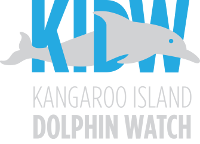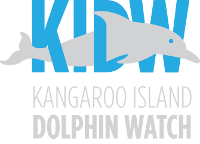The Kangaroo Island Dolphin Watch programme was presented to the recent International Pacific Marine Educators Network Conference in July as a model of building sustainable coastal communities through cooperative effort. It was highly acclaimed and generated extraordinary interest from representatives of the Pacific nations present. Case studies from the local programme on Kangaroo Island, Whyalla and Port Pirie, where it has been successfully established, and including examples from Kenya and the Pacific, demonstrated clearly the ready adaptability and ease of application of the Dolphin Watch model, making it very appealing to all parties, particularly those facing economic challenges and hardships.
Presentation Abstract:
Humanity need only look to the seas to see marine mammals cooperating for community benefit. We need to embrace similar approaches to face upcoming challenges. The Kangaroo Island Dolphin Watch model which has proved readily adaptable to a diverse range of situations and communities, presents a wonderful opportunity for communities to cooperate, as ocean based communities do, to achieve results of mutual benefit and sustainability. The outcome is the tremendous benefit of reengaging youth and elders alike, particularly those disempowered and disenfranchised, by educating them through their environment.
Applying Dolphin Watch models:
- Unifying communities through a sense of stewardship
- Engaging tourism industry providers in non commercial interaction with consumers as part of a social media strategy
- Engaging youth and elders alike with a sense of common purpose, enhancing mutual respect, valuing and open communication
- Demonstrating examples of integrating curricula in an holistic approach.


